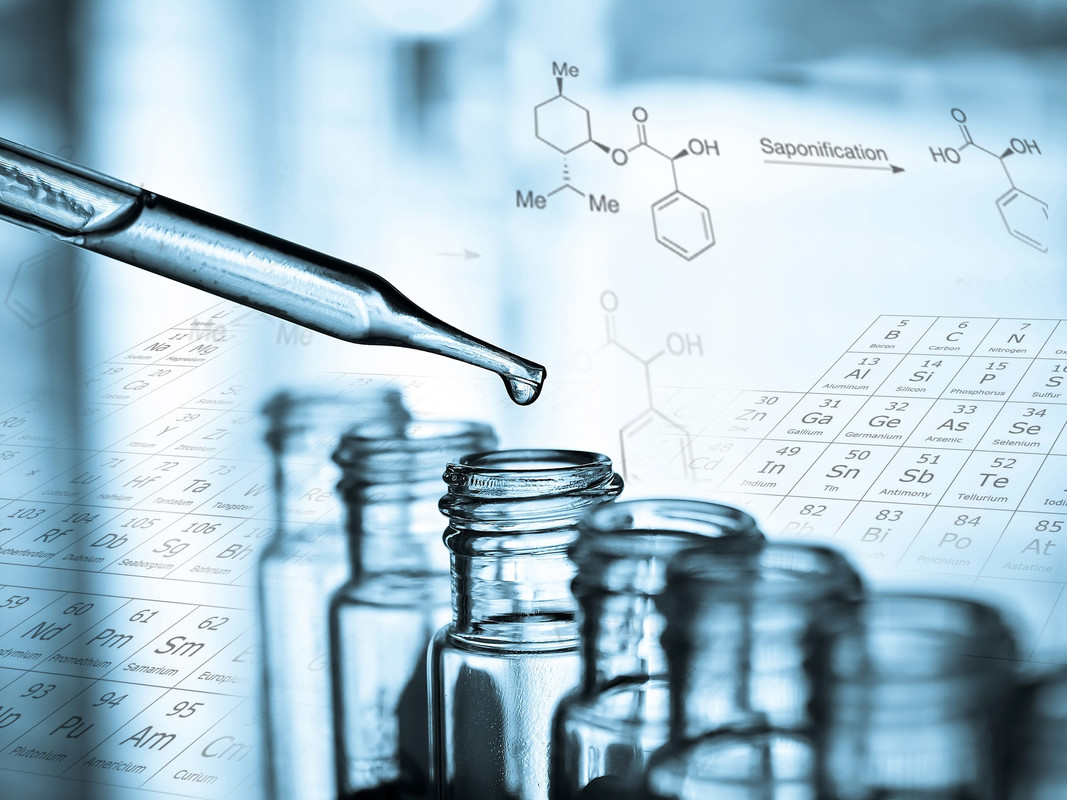Toxicology

· Ethylglucuronide (ETG)
This is a marker for testing regular consumption of alcohol. Alcoholism is a social problem and has a substantial medical impact because of toxic side effects on many organs. Definite markers for alcohol consumption/abuse have to be critically evaluated. Ethylalcohol is catabolized by the liver and the direct detection of ethanol (blood alcohol level) in blood is limited after consumption to a few hours (biotransformation approx. 0.1-0.3 per mill per hour). Other markers are detectable in weeks or months. This diagnostic gap is partially covered by ethylglucuronide. It appears exclusively after consumption of alcohol.
Depending on the quantity of consumed alcohol the ETG in serum is traceable up to 36 hours. The extent of the ETG level permits to predict the maximum blood alcohol level. More than 5 mg/L ETG points to blood alcohol level to at least 1.6 per mill. Ethylglucuronide is detectable in urine up to 4 days after consumption of alcohol.
· Caffeine
Together with theophylline and theobromine, caffeine belongs to methylxanthines. They show pharmacodynamic effects primarily on CNS (adenosine receptor antagonism), on smooth muscles (bronchodilatation, contraction of the meningeal vessels), on skeletal muscles (intensified contractions, e.g. the diaphragmatic muscles), on heart (positive chronotropic and ionotropic effect; high doses result in tachycardia and increased blood pressure) and on kidney (weak diuresis).
· Cotinine (Nicotine)
Nicotine accumulates in the blood system by inhalative smoking. Cotinine (Pyrridinolon) is formed by biotransformation in the liver and is secreted via kidney. The half-life is 10-16 hours, thus in normal smokers (approx. 10 cigarettes per day) cotinine is still detectable 3 days after stopping smoking. The metabolite is also detectable in passive smokers. Nicotine substitutes (e.g. nicotine chewing gums) are also detected by the test.
· Heavy Metal Panel in Urine
Heavy metals toxicity caused by increasing levels of pollution and use of chemicals in industry is a growing threat to our health and development. High levels of toxic metals deposited in body tissues and subsequently in the brain, may cause significant develop-mental and neurological damage. Urine toxic and essential elements analysis is an invaluable tool for the assessment of retention of toxic metals in the body and the status of essential nutrient elements. Toxic metals do not have any useful physiological function, adversely affect almost every organ system, and disrupt the homeostasis of nutrient elements.
Analysis of the levels of toxic metals in urine are available as multielement analysis, especially as heavy metal panel. Screened will be for Aluminium, Arsenic, Boron, Bismuth, Cadmium, Cobald, Copper, Gold, Indium, Lead, Manganese, Mercury, Molybdenum, Nickel, Palladium, Platinum, Silver, Thallium, Tin, Uranium and Zinc. Common indications are before and after administration of a pharmaceutical metal detoxification agent (such as DMPS), as an objective way to evaluate the accumulation of toxic metals.
